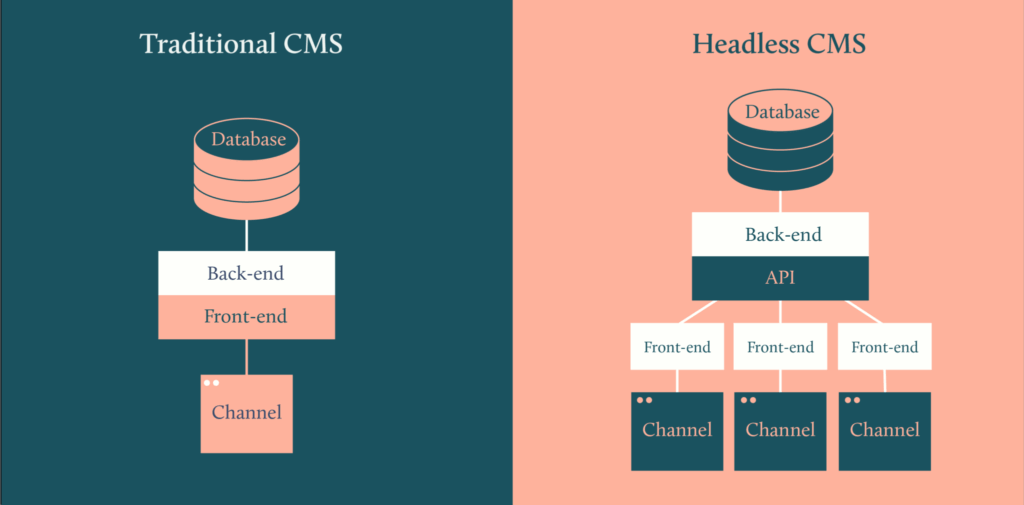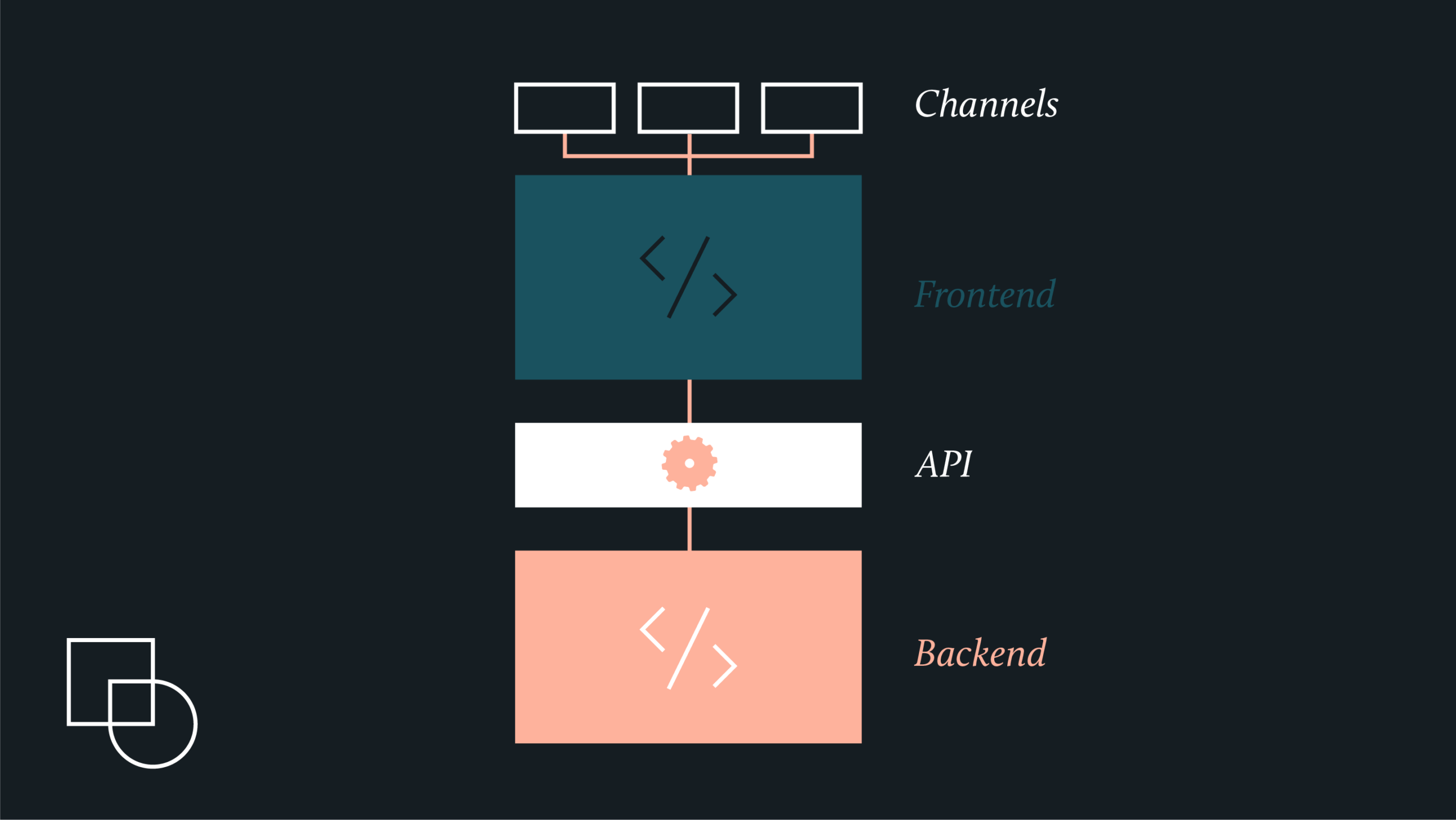The conversation usually starts when someone mentions headless architecture – maybe a developer at a team meeting or a client fresh from a tech conference.
Headless WordPress promises modern flexibility by separating content management from frontend presentation, letting developers build custom experiences while editors work in familiar territory. The pitch sounds like progress: faster sites, better developer experience, future-proof technology.
Then implementation begins, but what looked like architectural evolution reveals itself as operational complexity.
Teams discover that splitting content from presentation means managing two systems instead of one. Developers gain technical freedom but lose WordPress’s integrated ecosystem. Content creators face publishing workflows that require developer involvement. The separation that promised flexibility often delivers fragmentation.
Success with headless architecture depends on recognizing this fundamental trade-off: technical capability versus operational simplicity. Teams that understand this tension from the start can navigate it. Those expecting seamless upgrades often find themselves managing expensive, complicated solutions to problems they didn’t previously have.
Read our guide to headless WordPress sites if you hope to avoid these pitfalls.

Get matched with the developer
that is perfect fit for your WordPress or WooCommerce needs.
Start a project
What is a headless WordPress site?
Headless WordPress removes the frontend presentation layer – the “head” – from the WordPress content management system – the “body”. The backend continues managing content, users, and data while a separate application handles display and user interaction.
Traditional WordPress sites integrate content management and presentation into one platform. Content creators write posts, install plugins, and see immediate results. The same system that stores content also renders pages, handles forms, and manages user sessions.
Headless WordPress uses WordPress only for content management, while a separate frontend fetches and displays that content to visitors through an API. You can build said frontend using whatever you’re comfortable with – React, Vue, Next.js, Gatsby – you’re not confined to traditional WordPress themes.
Here’s a handy graphic to help you understand the architecture:

This makes your WordPress content platform-agnostic, allowing you to feed data to everything from smartphone apps to VR while maintaining one content source.
How do headless sites work?
APIs enable communication between separated frontend and backend systems. WordPress provides REST API endpoints by default, with GraphQL available through plugins like WPGraphQL.
The process follows a predictable cycle:
- Content creators work in WordPress admin, writing posts, uploading media, and managing site data exactly as they would with traditional WordPress. Nothing changes in their workflow.
- When someone visits the website, the frontend application sends HTTP requests to WordPress API endpoints. These requests specify what content is needed: recent blog posts, a specific page, user data, or media files.
- WordPress processes the request and returns structured JSON data containing content, metadata, and relationships between different pieces of information, but no styling or presentation logic.
- The frontend application receives this raw data and transforms it into the final user interface. React components, Vue templates, or static site generators combine the content with design systems, interactive elements, and performance optimizations.
This cycle repeats for every page load or content update, though caching layers often reduce the number of actual API calls needed.
Pros and cons of headless WordPress
| Advantages | Disadvantages |
| Superior performance: Near-instant page loads and excellent Core Web Vitals scores | Higher cost and complexity: More expensive and technical initial setup requiring custom frontend development |
| Enhanced security: Reduced attack surface by separating the public site from WordPress admin | Requires specialized expertise: Demands a development team skilled in JavaScript frameworks and APIs |
| Omnichannel delivery: Single backend serves websites, mobile apps, and other platforms | Loss of native WordPress features: Theme customizer, WYSIWYG editor, live previews require custom development |
| Developer flexibility: Freedom to use tools like React, Vue, Next.js without WordPress theme constraints | |
| Independent scalability: Frontend and backend scale separately during traffic surges |
Notable use cases for headless setups
Headless architecture makes sense when traditional WordPress limitations become project blockers.
- eCommerce platforms decouple WooCommerce backends from custom storefronts to create faster, more personalized shopping experiences. This separation enables developers to optimize checkout flows, implement advanced filtering, and integrate payment systems without being constrained by WordPress themes.
- Media outlets and global brands use headless setups to distribute content across websites, mobile apps, digital signage, and social platforms from a single WordPress backend. Content creators work in the familiar WordPress admin while technical teams deploy optimized frontends for each channel.
- Complex web applications require functionality beyond traditional WordPress capabilities: real-time data updates, advanced user interactions, or integration with multiple internal and external APIs. Headless architecture lets developers build application-like experiences while content teams manage information through WordPress.
- Enterprise organizations implement headless WordPress to manage multi-language, multi-brand digital ecosystems with centralized content governance. The architecture supports complex approval workflows, content syndication, and integration with existing enterprise systems while maintaining editorial control.
Build your Headless site with Codeable
Headless WordPress projects require specialized development skills that many traditional WordPress developers lack.
Codeable connects you with pre-screened WordPress experts who have proven experience with headless architecture technologies, including React, Next.js, GraphQL, and API integration. The platform’s vetting process filters for developers with both WordPress expertise and modern JavaScript framework skills.
The process eliminates bidding wars. Submit your project requirements and receive a single, algorithm-generated price based on project complexity. Choose your developer based on qualifications, portfolio, and communication style rather than the lowest cost.
All projects include a 28-day bug-fix warranty and money-back guarantee.
Submit your first project and experience the difference firsthand!

 Dream It
Dream It

